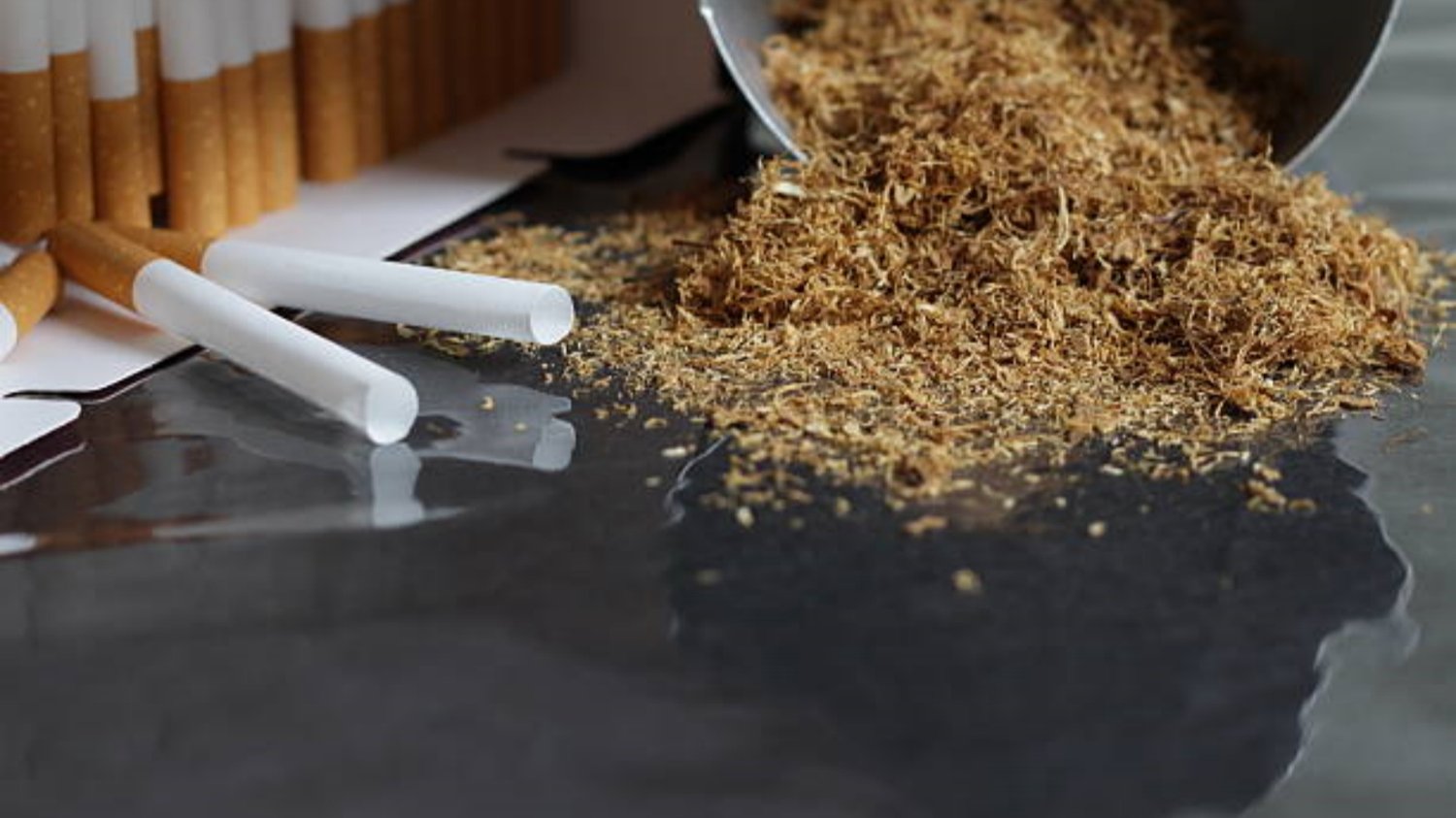Introduction
Welcome to our comprehensive guide on tipping paper factories. In this article, we will explore the various aspects of a Tipping paper factory, including its manufacturing process, the importance of tipping paper in the tobacco industry, and the key considerations for choosing a reliable factory. Whether you are a tobacco manufacturer or simply interested in the production of tipping paper, this article aims to provide valuable insights into this niche industry.
The Significance of Tipping Paper
Tipping paper is an essential component in the tobacco industry, serving both functional and aesthetic purposes. It is the outermost layer of a cigarette filter, providing smokers with a comfortable grip while also adding a distinctive appearance to the cigarette. Tipping paper is usually made from porous materials, which allow for the passage of air and smoke, ensuring a smooth smoking experience. Additionally, it can be customized with various designs, logos, and branding elements, making it a crucial marketing tool for tobacco companies.
The Manufacturing Process of Tipping Paper
The manufacturing process of tipping paper involves several steps, each contributing to the quality and functionality of the final product. Here is a breakdown of the key stages:
1. Material Selection
The first step in the manufacturing process is selecting the appropriate materials for tipping paper. Typically, tipping paper is made from cellulose fibers, which can be sourced from wood pulp, cotton, or other natural sources. The choice of material depends on factors such as cost, availability, and desired characteristics.
2. Pulping and Bleaching
Once the materials are selected, they undergo a pulping process to break them down into fibers. This is followed by a bleaching process to remove impurities and achieve the desired color and brightness. Bleaching agents such as hydrogen peroxide or chlorine dioxide are commonly used in this stage.
3. Formation of Paper Sheet
After pulping and bleaching, the fibers are dispersed in water to form a suspension. This suspension is then poured onto a wire mesh screen, where the water drains, leaving behind a wet sheet of tipping paper. The thickness and smoothness of the paper can be controlled by adjusting the concentration and flow rate of the fiber suspension.
4. Drying and Calendering
The wet sheet of tipping paper is then transferred to a drying section, where hot air or infrared radiation is applied to remove moisture. Once dried, the paper undergoes calendering, a process that involves passing it through heated rollers to enhance its smoothness and glossiness.
5. Printing and Coating
Next, the tipping paper can be printed with various designs, patterns, or branding elements using techniques such as gravure or flexographic printing. Additionally, a coating may be applied to the paper to improve its strength, resistance to moisture, and overall performance.
6. Slitting and Packaging
Once the desired characteristics are achieved, the tipping paper is slit into narrower rolls of the appropriate width. These rolls are then packaged and prepared for shipping to tobacco manufacturers, where they will be further processed and attached to cigarette filters.
Choosing a Reliable Tipping Paper Factory
When it comes to selecting a tipping paper factory, several factors should be considered to ensure the consistent supply of high-quality products. Here are some key considerations:
1. Experience and Expertise
Look for a factory with extensive experience in the production of tipping paper. A company that has been in the industry for many years is likely to have developed efficient manufacturing processes and gained valuable expertise.
2. Quality Control Measures
Ensure that the factory has robust quality control measures in place to guarantee the production of consistently high-quality tipping paper. This may include regular testing, adherence to industry standards, and certifications.
3. Customization Options
If you require customized tipping paper with specific designs or branding elements, choose a factory that offers a range of customization options. This will allow you to create a unique and memorable product.
4. Sustainable Practices
With increasing awareness of environmental responsibility, consider partnering with a factory that prioritizes sustainable practices. This may involve the use of eco-friendly materials, waste reduction initiatives, or energy-efficient manufacturing processes.
5. Supply Chain Management
Finally, evaluate the factory's ability to manage the supply chain effectively. Timely delivery and efficient logistics are crucial to ensure a continuous flow of tipping paper for your manufacturing needs.
Tipping paper factory, manufacturing process, significance of tipping paper, choosing a reliable factory, quality control, customization options, sustainable practices, supply chain management Tipping Paper Factory: A Comprehensive Guide to the Manufacturing Process Discover the manufacturing process, significance, and key considerations for choosing a reliable tipping paper factory. Learn about customization options, quality control, and sustainable practices.

